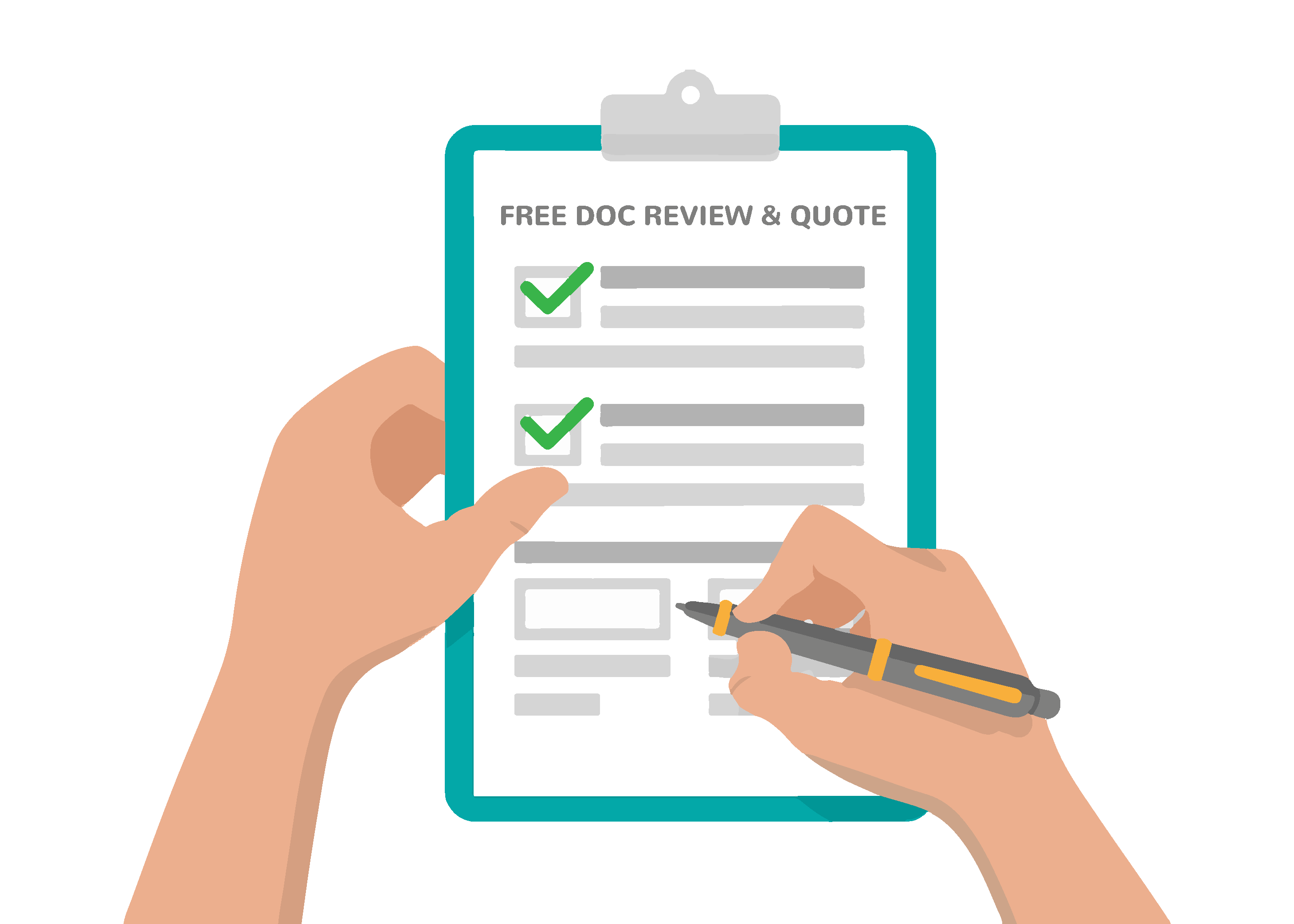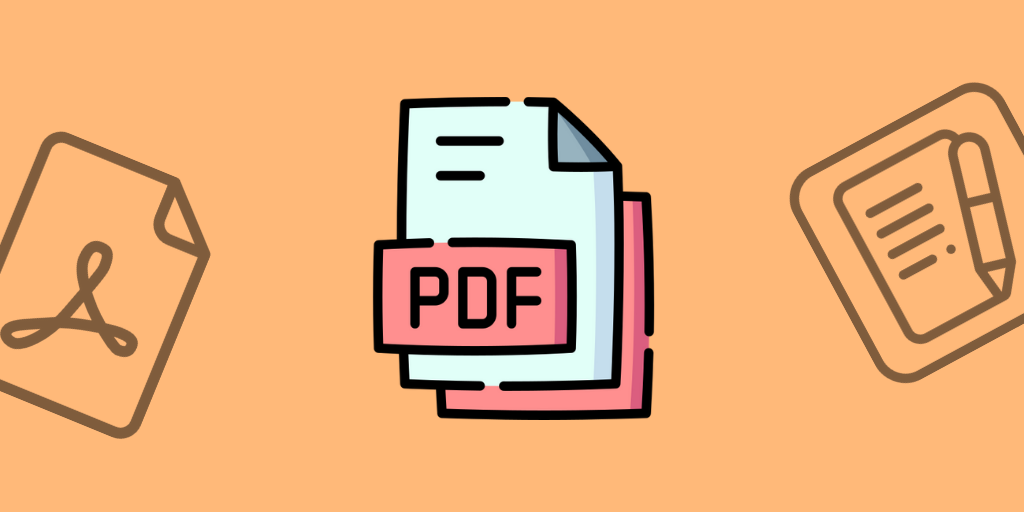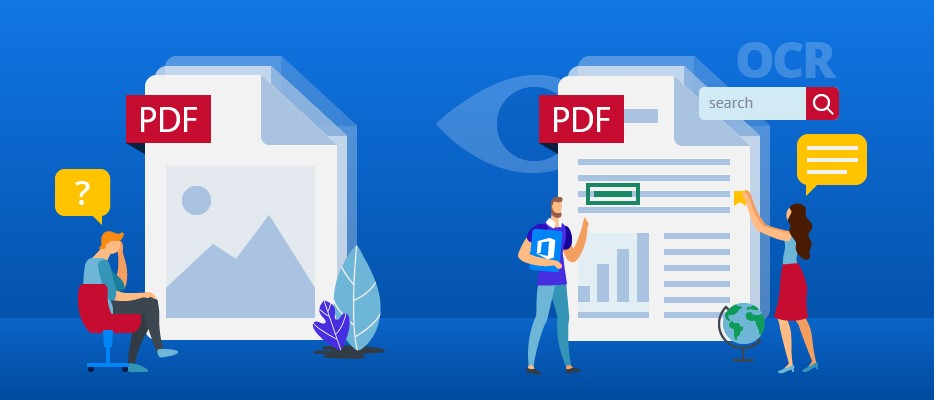How many PDFs do you see each day?
It’s easy to take for granted the ability to quickly- even instantly- check your bank statement or read a recipe before heading to the store. You might skim through a report at the office or double-check your payroll information before your next paycheck without even thinking about it. But when these items are saved or distributed as PDFs, as they often are, assistive technology users often have a much more difficult time accessing that same information. Frequently, they can’t access PDFs at all. A study explored how inaccessible, untagged PDFs create a terrible user experience for people with disabilities.
Understanding what problems assistive technology users face when they try to read untagged PDFs can help content creators solve accessibility problems. Accessible documents help organizations provide a better user experience to reach their entire audience and prevent discrimination lawsuits.
Inaccessible PDFs Hurt User Experience Daily
The study asked 185 participants from 14 countries to identify when, how, and how often they accessed PDFs. Most used screen readers or another type of assistive technology. 62% of respondents reported using PDFs in their personal and professional lives every day. Despite almost all participants rating themselves as having at least intermediate or advanced computer skill levels, many are still unable to access PDFs. Nearly all respondents felt that at least some of the PDFs they tried to read had not been accurately tagged for accessibility, if at all. 41% of respondents said they believed more than half of all the PDFs they read had not been tagged correctly.
PDF Problems at Work
Many employers consider the needs of their employees when it comes to accessible physical accommodations but may neglect digital necessities like PDFs. It’s vital that organizations make PDFs accessible because many necessary documents are stored in that format. 86% of survey participants reported reading HR information, healthcare documents, reports, meeting agendas, and fillable forms all formatted as PDFs at work.
Barriers to these types of PDF files can mean people with disabilities cannot perform their job. It means they cannot engage privately in healthcare or employment practicalities. Providing accessible PDFs for employees falls under “reasonable accommodation” under the Americans with Disabilities Act.
PDF Barriers to Vital Personal Activity
Survey respondents also read PDFs for personal use. When asked about reading PDFs at home, 72% of participants said they read PDF financial statements, 69% said they read PDF appliance manuals at home, and 65% said they read PDF bills and correspondence.
The lack of accessible PDFs means screen reader users will have difficulty accessing their personal finances and necessary information for living, providing an inefficient, unpleasant user experience. It means every task a sighted person would do quickly and easily could mean hours of frustration for assistive technology users.
PDFs for Leisure and Education
65% said they read PDFs for leisure. That included items such as magazines and newspapers, books, travel brochures, and tickets. Roughly half of the participants read PDFs for educational purposes as well. Many of us may take for granted how often we come across PDF files. But if you are unable to read them, it becomes very clear how much of our daily lives involve this file format. Accessibility barriers lead to exclusion and isolation from activities most of us take for granted every day.
Most Common PDF Accessibility Barriers
Participants say any number of issues could cause PDFs to be inaccessible, but some repeated problems surfaced. Common frustrations included:
- A lack of ability to navigate the documents to find what was needed.
- Incomprehensible tables.
- Text not ordered correctly, or not spaced properly between words so everything is read as an unintelligible jumble.
- No alt text for images, charts, and graphs.
- Inability to interact with fillable forms
- Scanned documents that have no content and must be OCR’d, resulting in inaccuracies and the document having no structure at all.
Fixing Inaccessible PDFs
When asked what would improve access to PDFs for them, many, many of the respondents commented independently that tagging PDFs should be easier. They were well aware of the difficulties involved and the technical skill required. Many also stated they would prefer the PDFs to be converted to other document types that were easier for screen readers to read (.txt, MSWord, and HTML were the most commonly mentioned).
Accessible PDFs are a Daily Necessity
A typical person’s day involves more PDFs than you might think. At work, there are financial reports, brochures, product manuals, fillable PDF forms, and sometimes meeting minutes. Once home, there may be recipes to look up online, children’s schoolwork to help with, travel brochures to review, and personal finances to check. All of these may be in PDF format. Many people also read PDF books, newspapers, and magazines.
To provide a better user experience for every customer and employee, organizations need to make sure that all PDF content they produce is accessible to everyone, and RemDoc can help make that process significantly easier.






